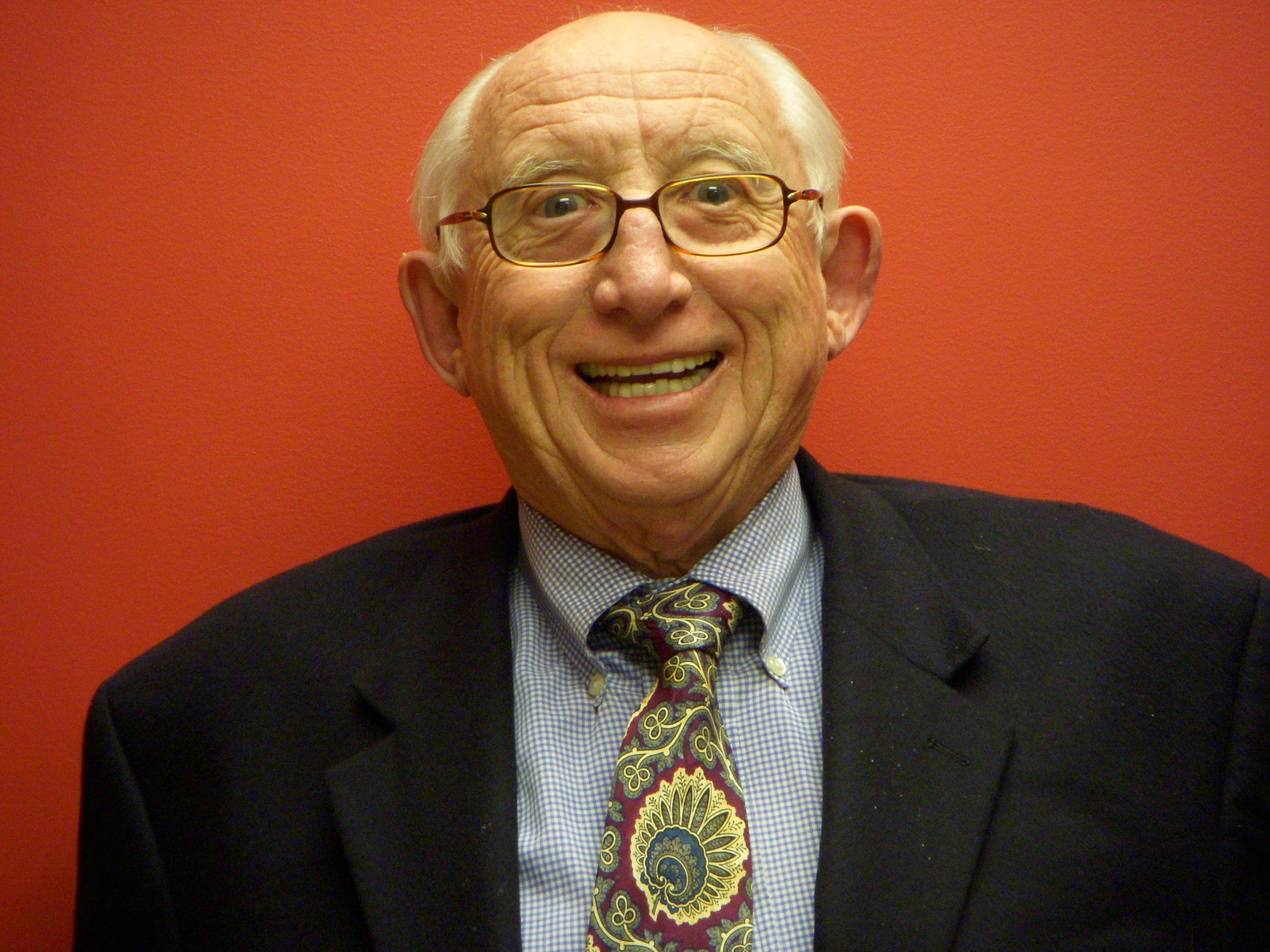BRUSSELS, Belgium–“L’Angleterre est une nation de boutiquiers,” Napoleon Bonaparte was supposed to have said disparagingly of the preparedness of England to fight France. If the emperor were alive today, perhaps he would dismiss the pre-Christmas collapse of the government by saying that Belgium is a nation of waffle merchants.”Belgique est une nation de marchands de gaufres.”
“Oh, yes. They sell a lot of waffles here. And they waffle a lot,” a Pakistani immigrant, who owns a convenience store near the city’s Grand Place, said of Belgian politicians.
He said he much preferred the political waffling in Washington, where he drove a taxi for 12 years, to that of Brussels. “In Washington, it is Democrats and Republicans. So simple. Here, the political situation is so complicated.”
On Dec. 30, King Albert named Flemish Christian Democrat Herman Van Rompuy as prime minister to head a revived five-party coalition in a nation facing a bank crisis, as well as impending recession and a continuing ethnic rift. Two days later, Van Rompuy received the backing of parliament in a vote of confidence.
Van Rompuy, replaces his party colleague Yves Leterme, who resigned amid allegations of political meddling in the bailout of Fortis bank.
“It’s the same coalition with the same five parties,” Pascal Delwit, president of the Center for Political Studies at the Universite Libre de Bruxelles, told Reuters. “But Van Rompuy is a little bit more subtle than Yves Leterme.” Belgium’s coalition comprises the Flemish Christian Democrat Party, Flemish Liberal Party, Francophone Liberal Party, Francophone Christian Democrats and Francophone Socialist Party.
Delwit said Van Rompuy could be more successful in the job than Leterme because he was more attuned to the linguistic and political divisions between the poorer, French-speaking south and the richer, Flemish, Dutch-speaking north.
“I think he knows better the French-speaking people, the French-speaking politicians, and in this way, he is more engaged in compromise. I think perhaps he will do better,” Delwit said.
Van Rompuy will need all his old-pol skills of compromise to keep this new government-the third in 12 months–together beyond regional elections due later this year. That is when the acrimonious divisions between Belgium’s Flemish and the French-speaking Walloons will come to the fore, according to the BBC’s Olana Lungescu in Brussels.
Van Rompuy had long resisted taking the premiership, but is seen as a steady pair of hands, after successfully cracking down on public debt as budget minister in the 1990s, Lungescu said. He has promised to start out by taking over his predecessor’s plan to battle the economic crisis.
“Nothing is simple in our country, but what is important is that we have a government to lead with seriousness, stability and serenity,” Elio di Rupo, leader of the Francophone Socialist Party, told Reuters.
Choc-Troops
“Belgium’s economic and political mood is as dark as its chocolate.” The headline topped the Jan. 5 “European Diary” by Irish Times writer Jamie Smyth.
Over the holidays, British tourists in Brussels bought chocolates-dark, milk and white–as though they were on a campaign to lift the nation’s gloomy mood. Piece of cake for the Brits, who eat the most chocolate per capita (22 lbs a year) of anyone in the world, according to Datamonitor.
As soon as the high-speed Eurostar trains from London arrived in Brussels, the Brits marched to the chocolate shops all over the city. From the artisanal (Pierre Marcolini and Frederic Blondeel) to the ancien regime (Corne de la Toison d’Or, Mary, Neuhaus and Wittamer) to the nouveau arrivee (Chinese chocolatiers who sell lower-quality boxed chocolates piled haphazardly on counters), the British choc-troops demonstrated an impressive use of their credit power and came away with the spoils. Arms laden with bespoke and assorted ballotin boxes filled with pralines (the Belgian name for filled chocolates), their victory was sweet.
Chalet City
At Christmastime, the area between the Bourse (stock exchange) and the Place St. Catherine becomes a chalet city. Hundreds of small wooden chalets surround the great, gray Bourse building, guarded by two stone lions, sprawl across the broad Avenue Anspach and fill Place St. Catherine, the site of the old fish market.
Vendors come from all over Europe, and even North and South America, to sell their wares in the festive chalets, from French foie gras and olive oil soap to Flemish gluhwein (mulled wine) and gumdrops to Argentine alfajores (caramel sandwich cookies) and Andean chullos (knitted caps with flaps and long ties).
No question, these folk-patterned caps were the hit of the 2008 Christmas market. At the Place St. Catherine, you saw them on the heads of skaters whizzing around the ice rink, on parents watching their children ride the fantastic merry-go-rounds, on red-cheeked babies in prams, on lovers sharing a milk chocolate-filled crepe geante, on groups of teenagers waiting to ride the big Ferris wheel.
Curiously, you saw the caps pulled tightly over the headscarves on the heads of teenage Muslim girls. I watched three teens trying them on at one of the chalets. After some discussion about whether they should remove their headscarves before trying on the caps, one unruly-haired teen asserted in French: “I think it would be correct, and chic, to wear the hat over the hijab.”
And lo, at a Christmas market chalet, an Islamic fashion trend was born in Brussels.
Photos: Dorcas Shurberg





Restaurant Suggestions
Here are a few restaurants to try in Brussels:
Aux Armes de Bruxelles (classic Belgian dishes like mussels and fries; and waterzooi, chicken or fish in a creamy soup with vegetables), near the Grand Place.
Taverne du Passage (classic Belgian dishes), in the Galerie de la Reine near the Grand Place.
L’Entree des Artistes (classic Belgian, with a few hearty Italian dishes, like a single sheet of homemade cannelloni, filled with spinach and ricotta, topped with a tomato and smoked salmon cream sauce) in the Grand Sablon.
La Belle Maraichere (seafood) in the Place St. Catherine.

 Follow
Follow
Leave a Reply